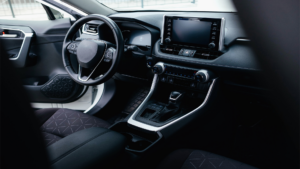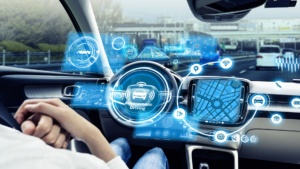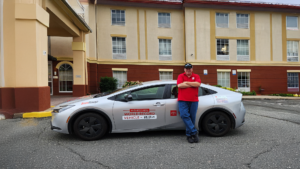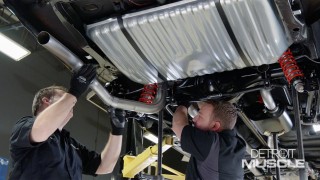Autonomous Vehicles Face Real-World Challenges: A Look at Baidu’s Recent Incident in China
In Wuhan, China, an autonomous driverless ride-hailing car operated by Baidu, a major tech company, recently hit a pedestrian. The twist? The pedestrian was crossing against the red light. According to Baidu, the car began moving when the light turned green and only had minor contact with the pedestrian. Thankfully, the person was taken to the hospital and had no significant injuries. Images and reports quickly spread online, showing the pedestrian sitting in front of the car, which sparked a lot of discussions.

Public Reaction
Interestingly, social media users in China largely sided with Baidu (according to Chinese News Reports), pointing out that the pedestrian was at fault for crossing against the traffic signal, a sentiment shared by news outlets like the Shanghai Daily and Global Times. People seem to understand the complexity autonomous vehicles face, especially when humans break traffic laws. However, the incident highlights a critical challenge: how driverless cars handle unexpected human actions.
The Bigger Picture
This accident isn’t just a one-off incident; it represents a broader issue in the world of autonomous vehicles. Despite years of research and millions of test miles, these cars still struggle in unpredictable situations. Baidu has been a front-runner in this technology with its Apollo Go robotaxi service operating in cities like Beijing, Shenzhen, Chongqing, and Wuhan. Their fleet in Wuhan is one of the largest, with 300 cars, and they’ve been working hard to improve their tech.
Consumer Concerns
Now, let’s talk about what people think of driverless cars. According to a Forbes Advisor survey, a staggering 93% of Americans have concerns about self-driving cars. Safety and potential technology malfunctions are at the top of the list. In fact, the National Highway Traffic Safety Administration (NHTSA) reports that self-driving vehicles are involved in more accidents per mile driven compared to traditional cars. That’s double the accident rate, which understandably makes people wary.
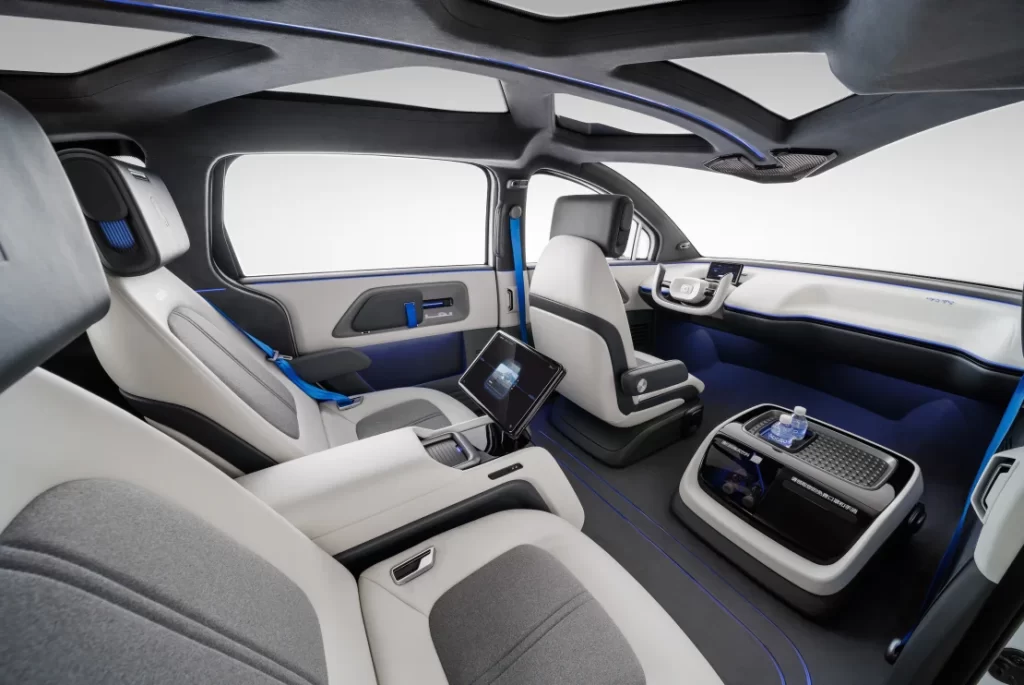
Baidu
Future of Self-Driving Cars
Despite the concerns, the technology is here to stay and will only get better. Experts predict that by 2030, about 12% of new passenger vehicles will have advanced auto-drive technologies, with this number jumping to 37% by 2035. For now, though, consumer trust and the technology’s ability to handle real-world complexities remain significant hurdles.
What is Next For Autonomous Cars?
The recent incident in Wuhan is a stark reminder of the challenges autonomous vehicles face. While the technology has come a long way, it’s clear that there’s still a lot of work to be done. As driverless cars become more common, understanding and improving how they interact with unpredictable human behavior will be crucial. For now, it’s a fascinating space to watch, with both promising advancements and significant challenges ahead.
Want to read more articles like this?
Join the PowerNation Email NewsletterRead More from PowerNation
- Chapters
- descriptions off, selected
- captions off, selected
This is a modal window.


